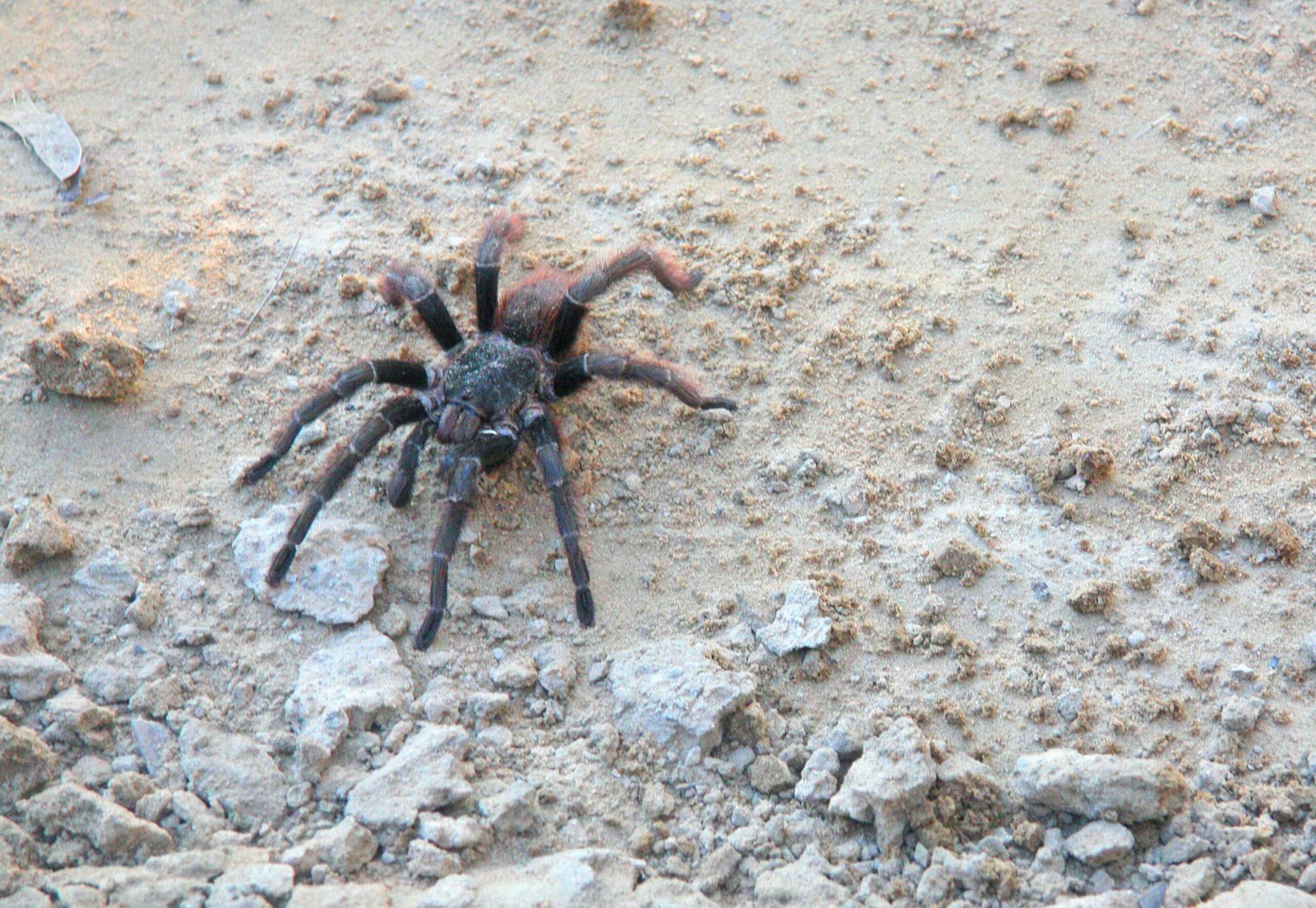Have you ever wondered what it takes to set up the ideal environment for your tarantula, particularly when it comes to heating? These fascinating creatures have captured the interest of many enthusiasts around the world, and it seems like there’s always something new to learn about their care. One question that frequently arises among tarantula keepers is, “Can tarantulas be kept in enclosures with artificial heat rocks?” Let’s delve into this question and explore the best practices for keeping your tarantula comfortable and healthy.
Understanding Tarantula Habitat
When considering the care of tarantulas, it’s essential to understand their natural environment. Tarantulas are generally found in warm and often humid environments, ranging from rainforests to deserts. They are part of the arachnid family and have adapted to thrive in various climates without the need for artificial enhancements typical for pets like reptiles.
Natural Temperature Preferences
Tarantulas are ectothermic, which means they rely on their environment to regulate their body temperature. Their natural habitat usually provides the warmth they need, with temperatures ranging typically between 70-85°F (21-29°C). Some species may thrive in slightly higher or lower temperatures, but most are quite adaptable within this range.
How They Regulate Their Temperature
In the wild, tarantulas regulate their temperature by moving to different areas within their environment. If they are too warm, they might burrow deeper into the ground or find shade. If too cold, they bask in the sunlight. But in captivity, their ability to manage their body temperature is limited, which is why understanding their needs is crucial for their health.

The Role of Heat Rocks
Heat rocks are popular in the reptile-keeping community. They are designed to mimic the warmth of a sun-baked rock and provide localized warmth to the animal. However, their use with tarantulas can be quite contentious among keepers.
Functionality of Heat Rocks
Heat rocks typically consist of a heating element enclosed in plastic or ceramic material. They plug into an electrical outlet and provide a constant source of heat. While they can be beneficial for reptiles that bask and need external heat sources, the advantages for tarantulas are less apparent.
Common Misconceptions
A common misconception is that tarantulas require the same heating setups as reptiles. However, due to their different biology and habitat needs, what’s beneficial for reptiles may not be suitable for tarantulas. Tarantulas are often more sensitive to heat and can find it difficult to escape the constant warmth provided by a heat rock.

Risks of Using Heat Rocks with Tarantulas
The use of heat rocks poses several risks to tarantulas, which stem mainly from the way these devices deliver heat. Here’s why they may not be the ideal choice for your arachnid friend:
Risk of Burns
Unlike reptiles, tarantulas have more delicate exoskeletons. Prolonged contact with a heat rock can lead to burns or other injuries. Even if the temperature seems moderate to us, a tarantula could find it too intense due to their sensitivity to heat.
Overheating and Dehydration
Tarantulas can dehydrate quickly if the humidity levels in their enclosure are disrupted by excess heat. They rely on a stable environment where humidity and temperature are balanced. A heat rock can increase the temperature unequally, leaving parts of the enclosure too hot and dry for the tarantula.
Stress Related Issues
Continuous exposure to improper temperatures can lead to stress in tarantulas. Stress, in turn, can cause a range of health issues, from refusal to eat to an increased likelihood of molting problems. Keeping your tarantula stress-free is essential for its well-being and longevity.

Alternatives to Heat Rocks
If heat rocks pose too many risks, what alternatives are available to ensure your tarantula remains comfortable? There are several safer and more effective methods to maintain the right temperature for your tarantula.
Thermostatically Controlled Heat Mats
Heat mats, when used with a thermostat, can provide controlled and consistent warmth. They should be positioned on the side of the enclosure rather than underneath, allowing your tarantula to move away if needed.
| Heat Mat Features | Description |
|---|---|
| Thermostat Inclusion | Allows precise temperature control, preventing overheating. |
| Side Placement | Ensures the tarantula can escape to cooler areas. |
| Safety | Poses less risk of direct contact burns. |
Room Temperature Control
Sometimes managing the temperature of the entire room is more effective. Using space heaters in winter or cooling systems in summer can maintain room temperature in the comfort range for tarantulas.
Natural Insulation
Another simple method involves using natural enclosure insulation. Substrate layering, cork bark, and coconut fibers within the enclosure can provide natural warmth without the direct heat threat.

Maintaining the Ideal Tarantula Environment
Creating a habitat that closely mimics your tarantula’s natural environment is key to its health and happiness. Here are some precautions and steps you can take to ensure they thrive:
Monitoring Temperature and Humidity
Invest in quality thermometers and hygrometers to regularly check conditions within the enclosure. By continuously monitoring, you can quickly address any imbalances that arise.
Substrate Choices
Choose a substrate that retains moisture such as coco fiber or peat moss. These can help maintain proper humidity and allow your tarantula to burrow if they wish to escape from heat or light.
Providing Hiding Spaces
Tarantulas value privacy and security. Provide ample hiding spots using pre-made hides or natural materials like cork bark. This will also help them manage their exposure to heat and light.
Regular Check-Ups
Regularly observing your tarantula can help you catch any health or environmental issues early. Look for signs of stress such as refusal to eat, lethargy, or unusual behavior.

Conclusion
In conclusion, while it might seem tempting to use heat rocks to replicate warmth in a tarantula’s enclosure, the risks often outweigh the benefits. Tarantulas have evolved to thrive without direct, intense heat sources like heat rocks, making them more of a liability than an asset. Instead of artificial heat rocks, consider alternative heating methods that provide a safer and more comfortable environment for your tarantula. Always aim to replicate their natural surroundings as closely as possible, ensuring a happy and healthy life for your arachnid companion.
By knowing what works best for your tarantula, you not only enhance their well-being but also enrich your experience as a keeper. After all, the joy of keeping tarantulas comes from seeing these remarkable creatures thrive in the spaces we create for them.